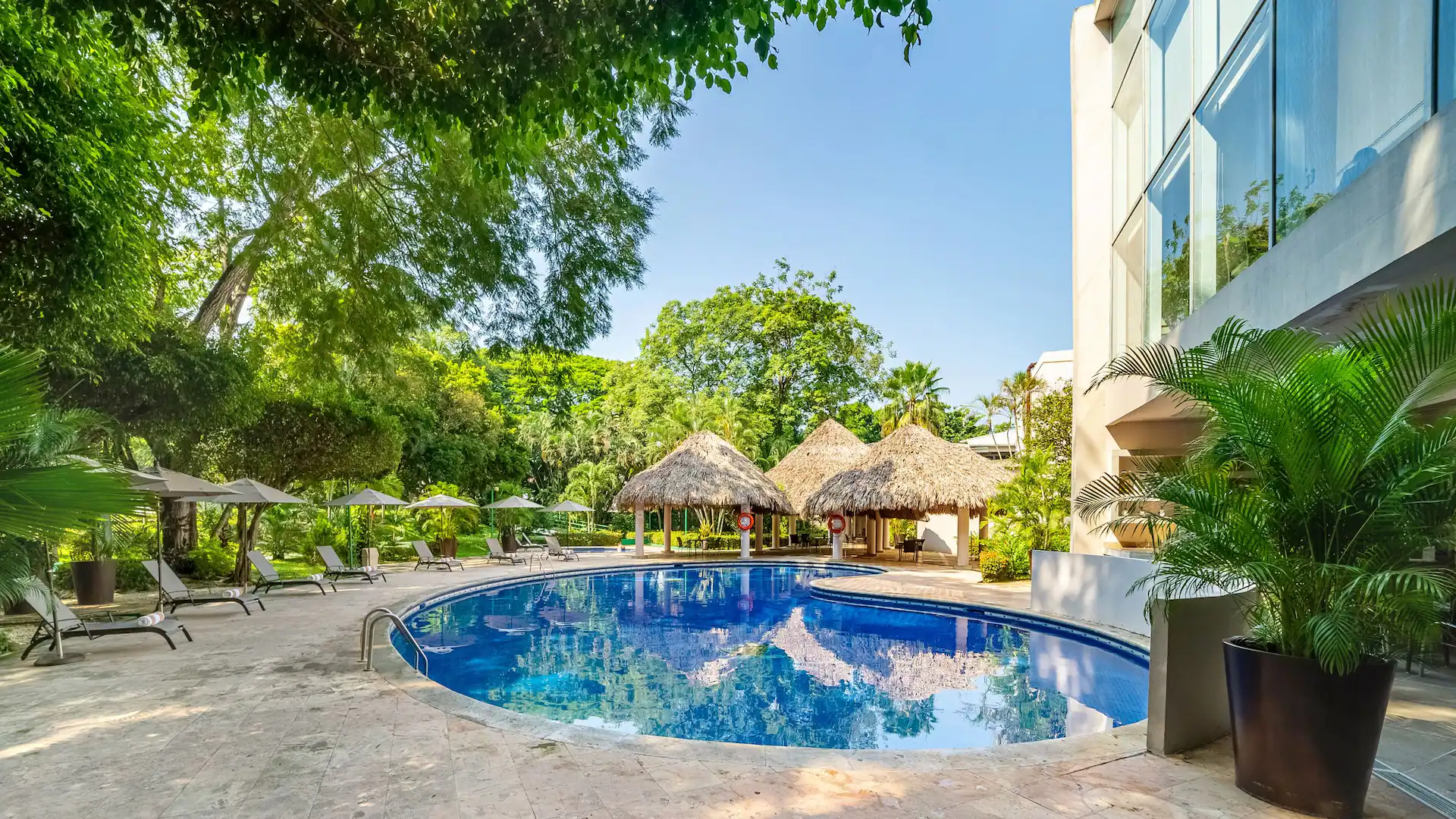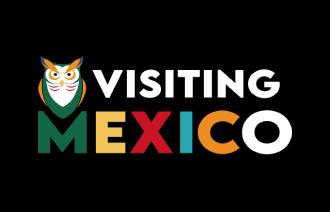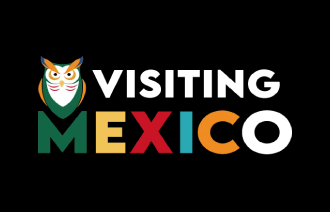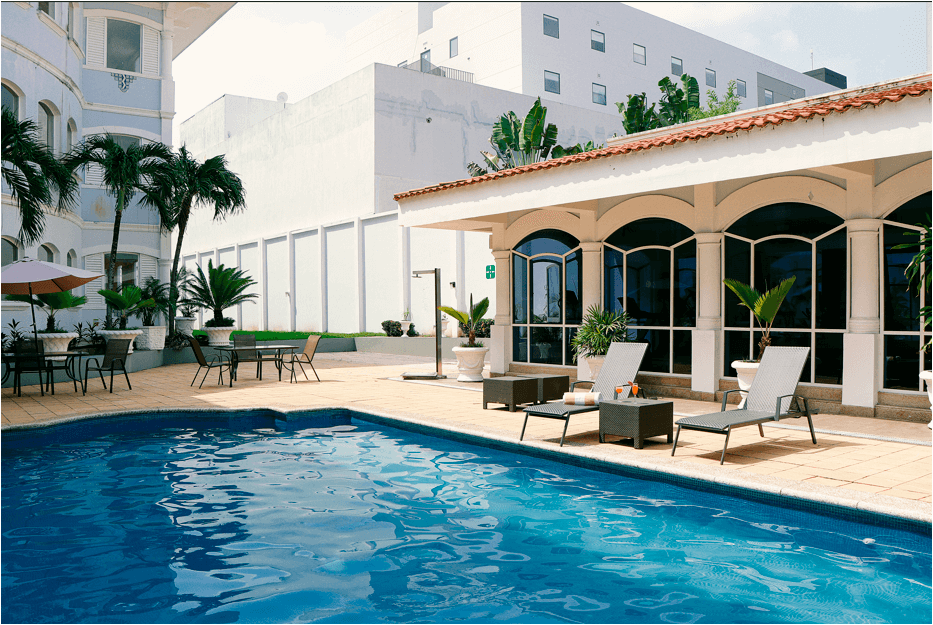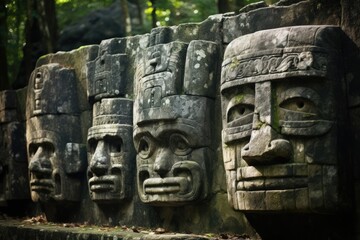
Tabasco also borders the states of Campeche, Chiapas, and Veracruz as well as the Central American nation of Guatemala. Although the state’s name is associated with the U.S.-produced Tabasco Sauce made by the McIlhenny Company, the state of Tabasco is actually more famous as the reputed origin of the cocoa bean—the main ingredient of chocolate.
IMPORTANTS FACTS ABOUT TABASCO
Tabasco is Mexico’s thirteenth state; it was admitted in 1824. Nearly ten thousand square meters in area, Tabasco is renowned for its plentiful rainfall, unlike much of Mexico which is characterized by a dry climate. In fact, flooding is often a problem in this region due to recent excessive rains. The state’s population is 2,276,308. Most of the population is scattered throughout the state’s thirty-six urban communities, but there are also 3,000 smaller towns and villages that make their home in Tabasco.
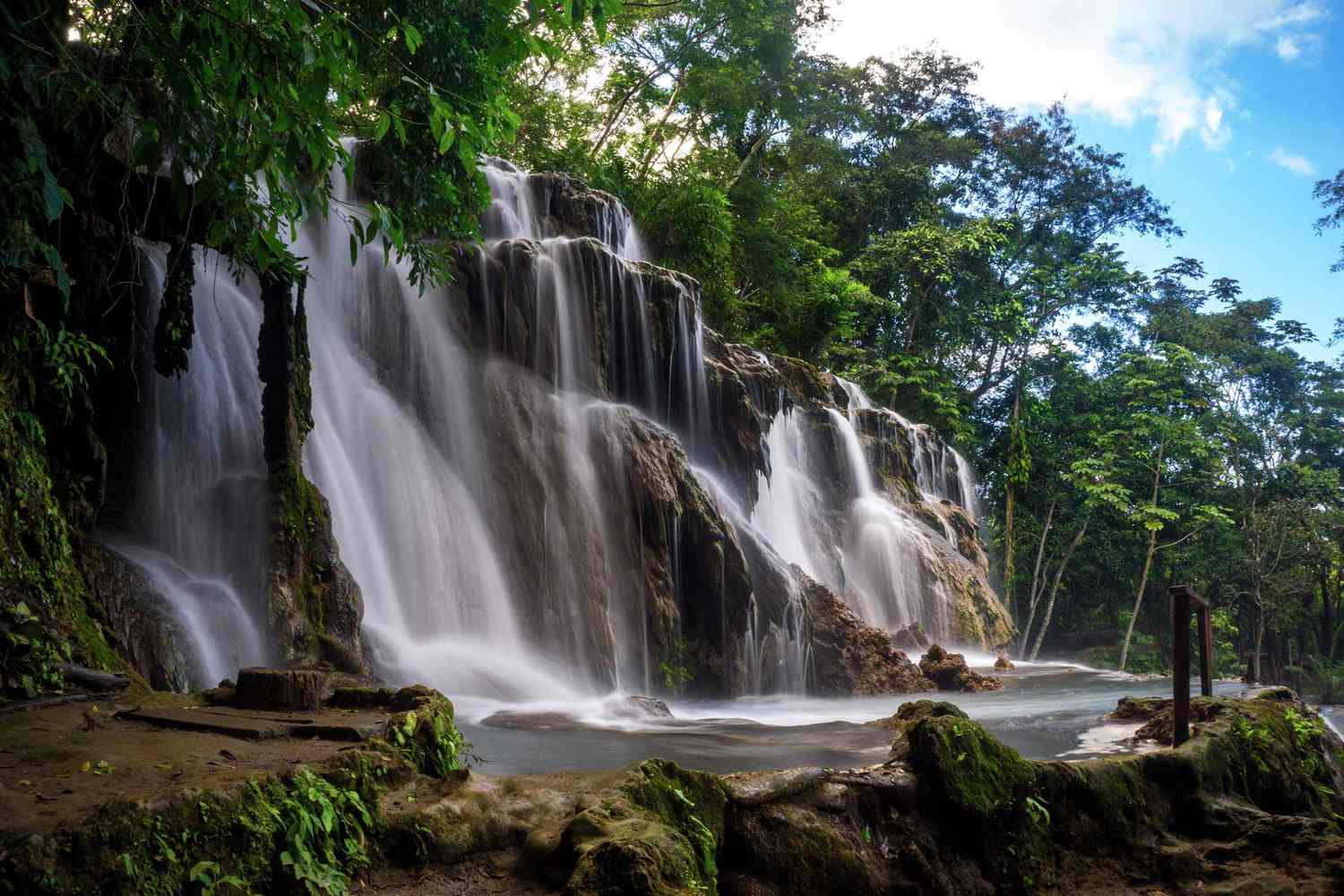
GEOGRAPHY AND LANDSCAPE
Such heavy rainfall has benefited the state’s tropical landscape. Tabasco is noted for its lush rainforests as well as its many lakes, rivers, and wetlands. The state boasts more than 120 miles of shoreline along the Gulf of Mexico. While tropical forests are the main feature of the geographical profile of Tabasco, there are also areas of savanna, mountains, valleys, and wetlands. Although considerable areas of the rainforest have been harmed by slash and burn practices as well as extensive logging, the tropical landscape is still rich with flora and fauna. Animals that make their home in this region include jaguars, pelicans, quetzals, parrots, spider monkeys, iguanas, deer, anteaters, and wild boar. Among flora are royal palm, mahogany trees, cedar trees, orchids, and various species of cactus.
HISTORY
Tabasco’s long history stretches back roughly ten thousand years ago when humans first began to populate the region. By 800 B.C., the Olmec Civilization dominated this area of Mexico; the Olmecs are regarded as the founder of all subsequent Meso-American cultures. The most important Olmec site of Tabasco is La Venta, one of the country’s most important pre-Columbian sites. By 300 A.D., however, the Mayans began to dominate the area. The Spanish arrived in the Tabasco region in 1518. Regional tribes famously battled Cortes the following year in the Battle of Centella. Cortes won the battle and was granted various slaves and women—one of whom, La Malinche, was his interpreter, mistress, and mother of his first son. During the Colonial Period, many indigenous peoples were killed by European diseases; for this reason, many African slaves were imported to the region’s plantations. After the eventual War of Independence, Tabasco became one of the nation’s first states in 1824.
TOURISM
The state’s tourism industry tends to be situated along routes. The Villahermosa Route is renowned for its historic, cultural, and architectural attractions. The Cacao Route is comprised of various old haciendas that showcase how cocoa beans are harvested and how chocolate is produced. This track also contains important archaeological ruins. The River Route is based in the state’s interior and comprises the lands between the Grijalva and Usumacinta Rivers. Other major routes include the Olmec Zoque Route, the Mountain Adventure Route, and the Biji Yokot’an Route which celebrates the Chontal people and their handiworks.
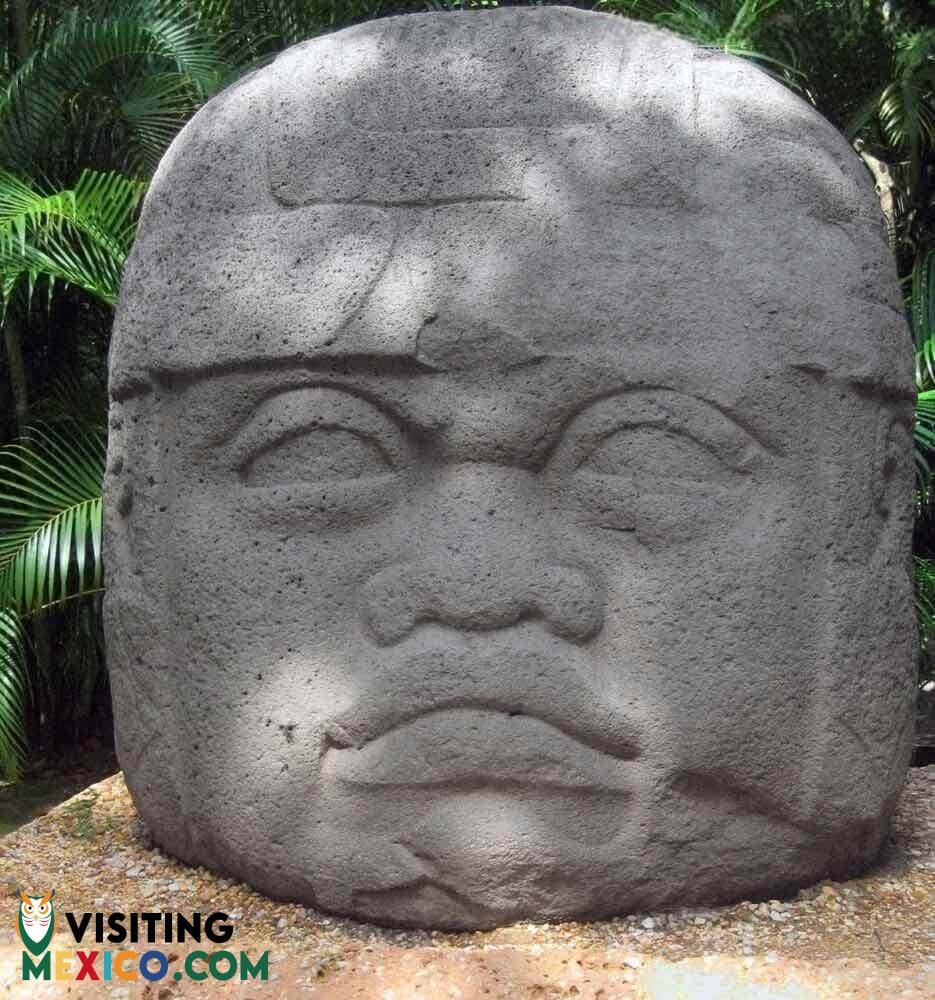
CULTURE
This culturally rich area is famous for its local dress; the red kerchief tied around the neck is still a popular mode of dress. Long skirts with wide trims are still worn by many regional women while men still boast the traditional dress of white shirts and pants. Aside from its fashions, Tabasco is also revered for its many dances; some of its regional music stems back to the era of the Olmecs. Tabasco is also noted throughout Mexico for its cuisine which is based on achiote, born, beans, chili peppers, and banana leaves. The state drink is known as pozol, which is made from corn dough that has fermented and cocoa.
THE CAPITAL: VILLAHERMOSA
The state’s capital and largest city is the famous mid-way point between Mexico City and Cancun. It features many popular tourist and cultural venues like the Yumka Zoo (where animals freely roam), the main square, and a cathedral—a luminous attraction when it’s lit for the evening. The capital contains celebrated markets, restaurants, and businesses. Other major cities of interest to visitors include Centro, Cardenas, and Comalcalco.
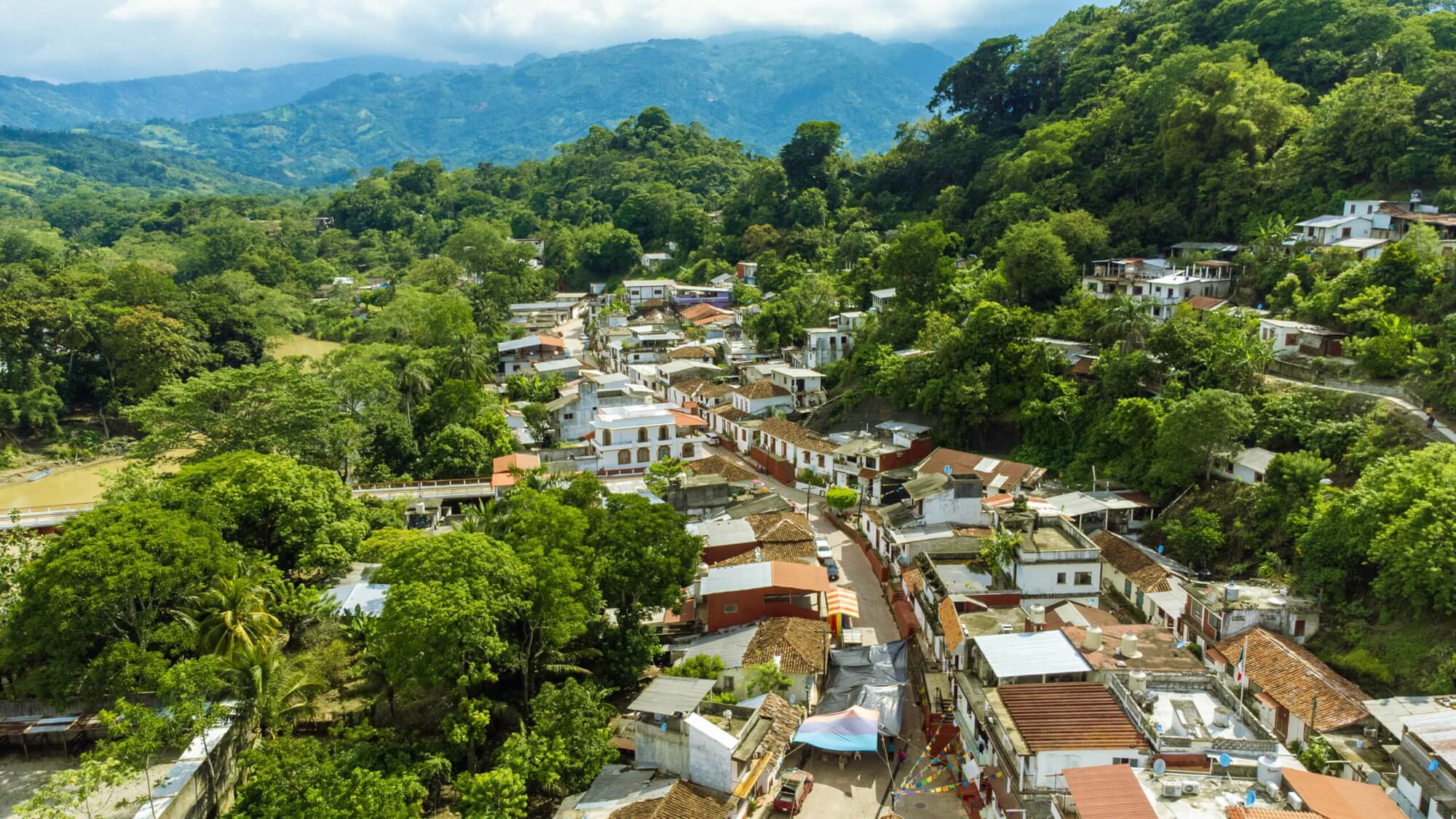
OTHER THINGS TO SEE AND DO IN TABASCO
- Parque-Museo La Venta: La Venta is situated in the Tomas Garrido Canabal Park and features artifacts of the Olmec Civilization. Its grounds contain Olmec ruins and a zoo.
- Centla Biosphere Reserve: Declared a reserve in 2006, this region is famous for some of its wild inhabitants like the alligator gar and Morelet crocodile. Eco-tours are popular activities for visitors to the reserve.
- La Chonita Hacienda: A major site of the Cacao Route, this historic hacienda is more than 200 years old and still produces cocoa and sugarcane. The main house is now a popular hostel
- Comalcalco: This city is nationally famous for its Mayan architecture and ruins.
- Kolem Jaa: A site on the Tabasco Sierra Route, Kolem Jaa is well known for activities like rappelling, rafting, and cycling.
- Popular Culture Museum: Located in Villahermosa, the Popular Culture Museum celebrates the handicrafts and cultural practices of regional peoples.
- Regional Museum of Anthropology: Located in Villahermosa, this museum is a must-see attraction for anyone interested in the historic people and culture of the Tabasco region.
- Cocona Caves National Monument: Noted for its caves and stalactites, this national monument features an enchanting lagoon.
- Tacotalpa: One of the oldest cities in Tabasco, this former capital city was once destroyed by pirates. It also contains one of the oldest churches of the state.
Plan a trip to Tabasco
